I first became interested in gardening because I thought I would be buying a house soon and I wanted to landscape design for that imagined future house. Then I got laid off at the same time that everyone else did and discovered that we're stuck for a few more years in a rental where most of the back yard is underwater for three months every winter. I can't do any very expensive or permanent landscape design in a rental, and the difficulty of finding any plants that would even survive here soon sidetracked me completely into plant collecting, with very little thought for design.
This situation hasn't changed very much, but I have realized that it's possible to start giving at least a little thought to practicing some landscape design at our rental place. So I'd like some ideas about what to do next to improve the design. This is what the back yard looks like this morning from the corner at which we first enter it.
{{gwi:519148}}
Although the area along the back fence looks bare, there are two very small deciduous shrubs/trees I've planted there that will eventually fill it up. They are Prunus virginiana in the far back corner and Ribes sanguineum to its right. Currently they're both totally leafless and no more than a foot tall.
The stepping stones are my effort to implement a suggestion from Renee/hosenemesis to put in some paths. However, they just proceed diagonally across the yard and dead-end there, because I don't have any particular destination for the path to lead to. I could loop them around or something, but it's kind of a small area to fit in much of a loop and still have space for anything worthy of looking at inside the loop.
The next photo, also taken this morning, shows the diagonally opposite view. The big black compost bin will probably be moved into the corner eventually, behind the Western redbud, but for now it's placed where it is to discourage the dogs from trampling to death a very small Philadelphus lewisii directly to the left of it. (Not that it's prevented them from breaking off the only branch of it that had flower buds!)
{{gwi:519150}}
The next one (from last week, when the yard was relatively dry for the first time since fall) shows what I feel is currently the most attractive view of the yard. Plants grow best within about six inches of the house, both because I mounded the soil higher there or improved drainage and because the dogs don't trample small plants quite as badly if they're within six inches of a taller object. But I still had to make one of the dogs pose in a strategic location to help fill up a bare spot.
I would really prefer to expand that border next to the house out several more feet, eliminating the dog-installed path next to it. But to persuade the dogs to stop re-installing the path, I will have to find some tall and not easily trample-able objects to block various sections of the path with.
{{gwi:519152}}
This next photo is an experiment with a more permanent way of filling up that same bare spot. This spot is bare because it is where the largest puddle of standing water collected all winter, so nothing survived there. Next winter I think I'm going to try vernal pool plants there, but it's a bit late for that this year. Anyway, the seating area does provide more of a destination for the path. However, I have no actual interest in sitting outside unless the yard becomes much more densely shaded. (I've definitely been trying to create increased shade, but I doubt that many of my plants will really grow enough to produce much shade before we move out. Summers here are regularly over 100 degrees, and I have the type of skin that can easily get sunburned in less than half an hour, so sitting around out in the sun is just not going to happen.) Also, putting in a seating area would not do anything to improve the winter appearance of the bare spot, because having an underwater seating area isn't likely to look attractive.
{{gwi:519154}}
This next one (taken in the front yard last week - the front yard is slightly more sloped and so has fewer drainage problems than the back) shows what happens to my soil the instant the water drains away from the surface. I have mulched the back yard half to death, but the soil still cracks there too. I haven't mulched the front yard much because the drainage situation there is less desperate.
{{gwi:519156}}
And this last one is a closeup of the border next to the house in the back yard, showing what plants are succeeding there: California poppies, blue-eyed grass, baby blue eyes, sky lupine, Chinese houses, and elegant clarkia (the latter two not blooming yet). Most of them will shrivel and die by midsummer, so I should probably be looking for more perennial plants to keep the border going year-round.
{{gwi:519159}}
One of my major gardening goals for this year is to find something lawnlike to fill in some of the bare, low spots in the middle of the yard. Probably not actual lawn, though, because the yard does get very dry in the summer, and lawn tends to die as a result. Plants I'm considering trying to use for this purpose include Carex praegracilis, Phyla nodiflora, Trifolium wormskioldii, and (if I conclude that nothing perennial will work) vernal pool annuals.
And I'd like to plant the edges of the drainage ditch to make it look more natural, but I'm a bit skeptical about whether any plants would be willing to grow there. I might try the same species there as in the other low spots.
Bearing in mind that this yard is sort of a learning workshop for me rather than a place to invest serious money in installing major improvements, what else would you suggest I consider doing with it at this point?
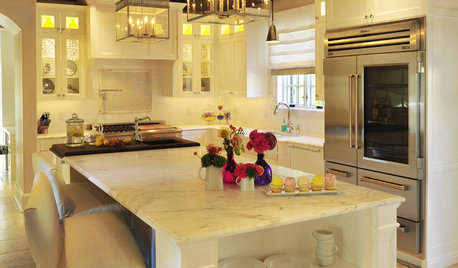

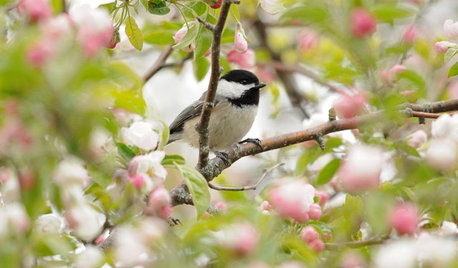
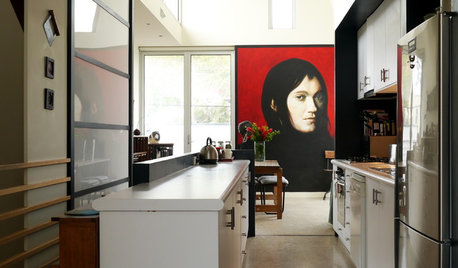
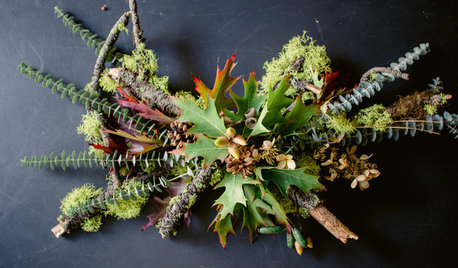
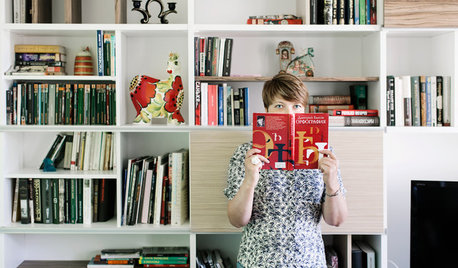
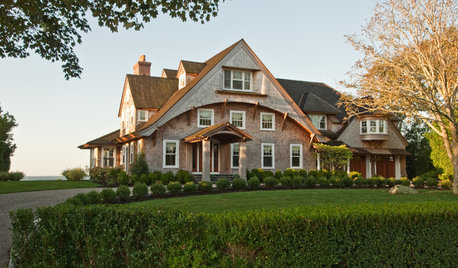
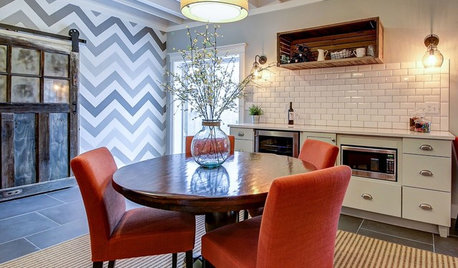
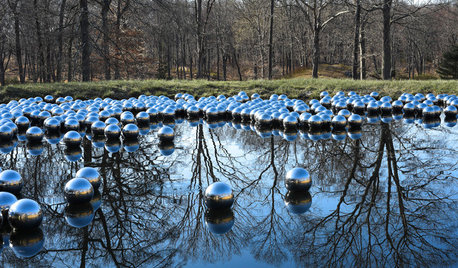
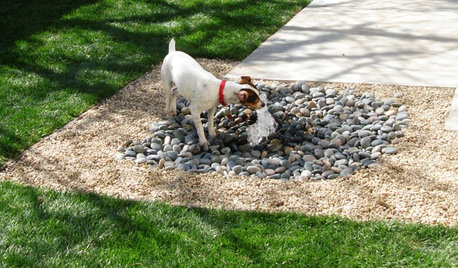



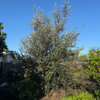
gobluedjm 9/18 CA
hosenemesis
Related Discussions
Filling in a few bare spots..which seed to buy?
Q
Terrible raised bed soil; where to go from here.
Q
Bubbling Primer: where'd we go wrong & where do we go from here?
Q
What+when should I lay down pre emergent, when to fill bare spots
Q
davissue_zone9
queerbychoiceOriginal Author
dicot
queerbychoiceOriginal Author